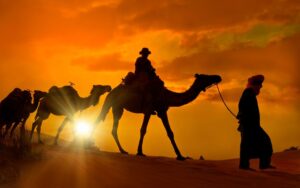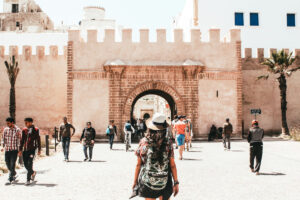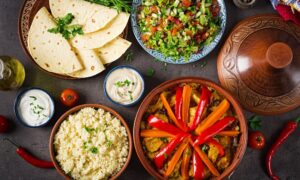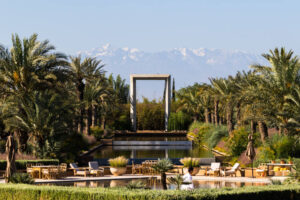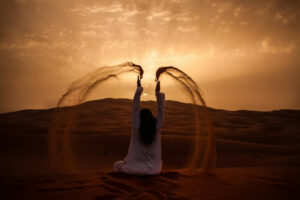Before discussing the top six best cities to visit in Morocco, let’s provide a brief overview of the country’s location, history, characteristics, and people.
Stretching in the far northwest corner of the African continent, Morocco has been one the best travel destinations in the world in the last three to four decades. Being the closest African country to Europe, around 14.5 kilometers (or 9 miles) of sea to Spain, Morocco is a popular destination for visitors of European countries, as well as people living in Europe. The country is easily accessible by air since it has medium-sized to big airports scattered nationally. Traveling inside Morocco is also easy thanks to domestic flights, fast rail, and bus companies offering premium services.
Twelve centuries into history, The country is also known for its cultural heritage and historic cities with a touch of modernization. Landscape diversity is what sets Morocco above other neighboring countries. The country overlooks two seafronts, the Mediterranean on the north and the Atlantic Ocean on the west.
Furthermore, Morocco has two mountain chains known as the Atlas Mountains, stretching in the middle, and the Rif Mountains, hanging in the northern part of the country. Traveling towards the southern part of Morocco, you will meet the Moroccan Sahara with its most astonishing golden dunes, where you can try camel riding, sand surfing, or experience overnight desert camping.
Moroccan people are known for their overwhelming hospitality, love, and respect for people with different religious beliefs or ethnic backgrounds. And wherever you go in the country, you will feel safe and well-welcomed.
Now, here are the six best cities we recommend you visit during your trip to Morocco.
Marrakech
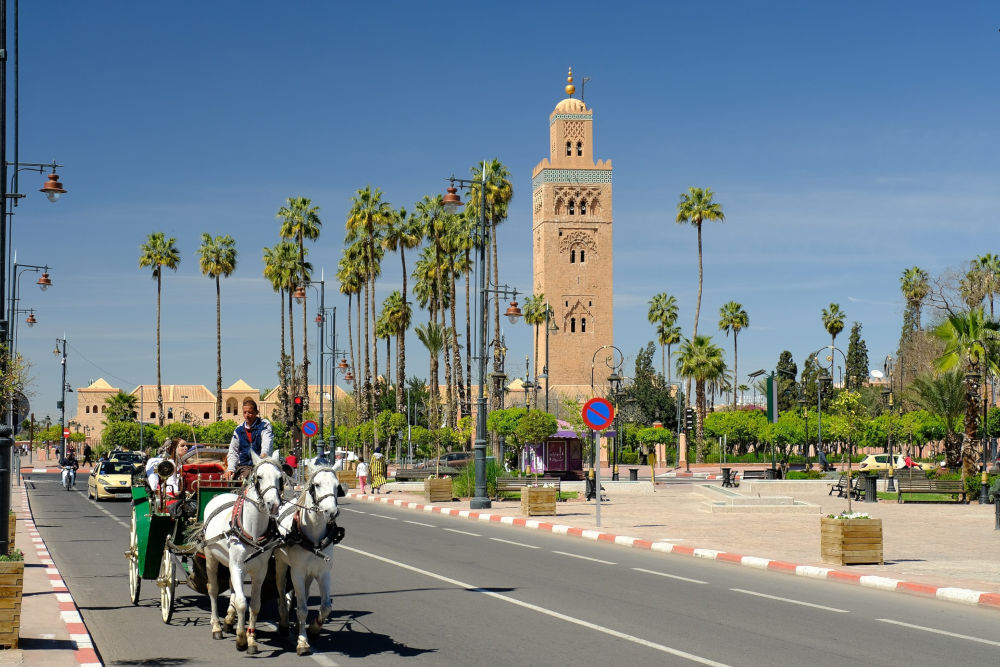
Located in the heart of Morocco, Marrakech is the first touristic city in the country. It is nationally known as the Red City because of its buildings and ramparts of beaten clay. New buildings have also taken the same color as the city authorities made it the official color for the whole town. In the middle of the city stands an old fortified medina quarter classified as a UNESCO World Heritage Site. The medina has one of the busiest squares in Africa and the world. It’s called Jamaa el-Fnaa.
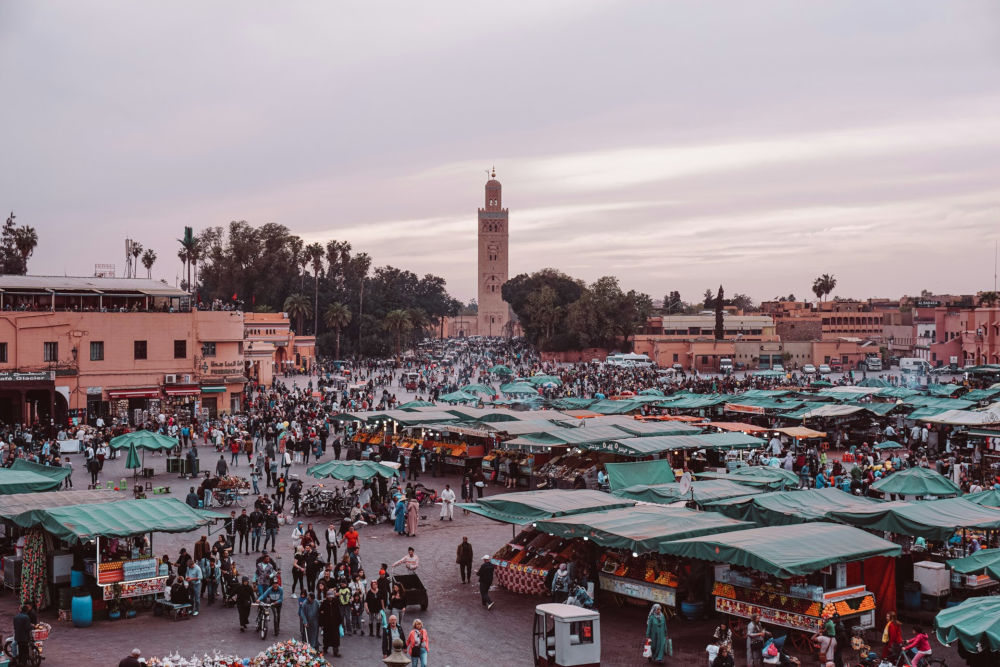
Here is where all tourists go to discover the local folklore, taste the food that the city is very famous for, and have freshly squeezed juice. Attached to the square is the old market (souk). With its narrow streets and well-decorated alleys, the market is always busy with tourists buying beautiful souvenirs to bring back home.
Koutoubia Mosque (built in the 12th century), Menara Gardens, Majorelle Gardens, and Bahia Palace are further highlights in the city. Marrakech is very dynamic and beautifully combines between antiquity and modernization. Whether you are looking for luxury tourism or traveling on a budget, it is a guarantee that you will be utterly satisfied with your visit.
And for more information about the city, here are the ten most captivating places to visit in Marrakech.
Essaouira
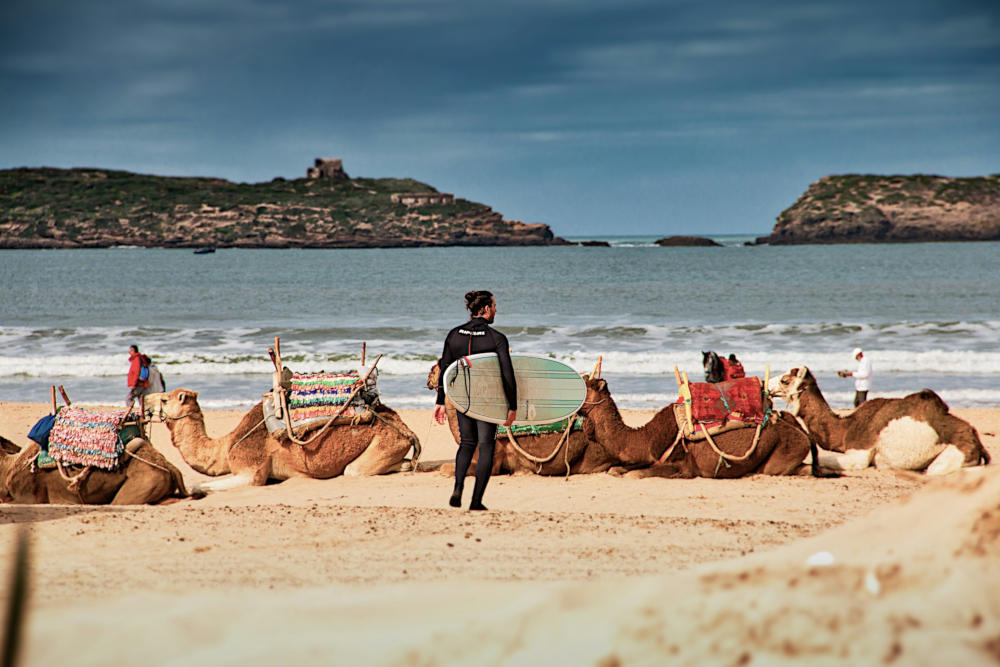
Not far from Marrakech stands the old city of Essaouira, Mogador, as the Portuguese settlers named it in the 16th century, or the Wind City of Africa, as most windsurfers love to call it. During the mid-18th century, Essaouira was rebuilt by King Mohammed III. The city was well-fortified and made Morocco’s principal port for transporting goods, which lasted until the end of the 19th century.
With its blue-white-themed buildings, Essaouira overlooks the Atlantic Ocean and is known for its high winds throughout the year. Therefore, the city is well-recognized among windsurf lovers and has held many world-class competitions in this sport. However, tourists visit the city to discover the beautiful old fortified medina.
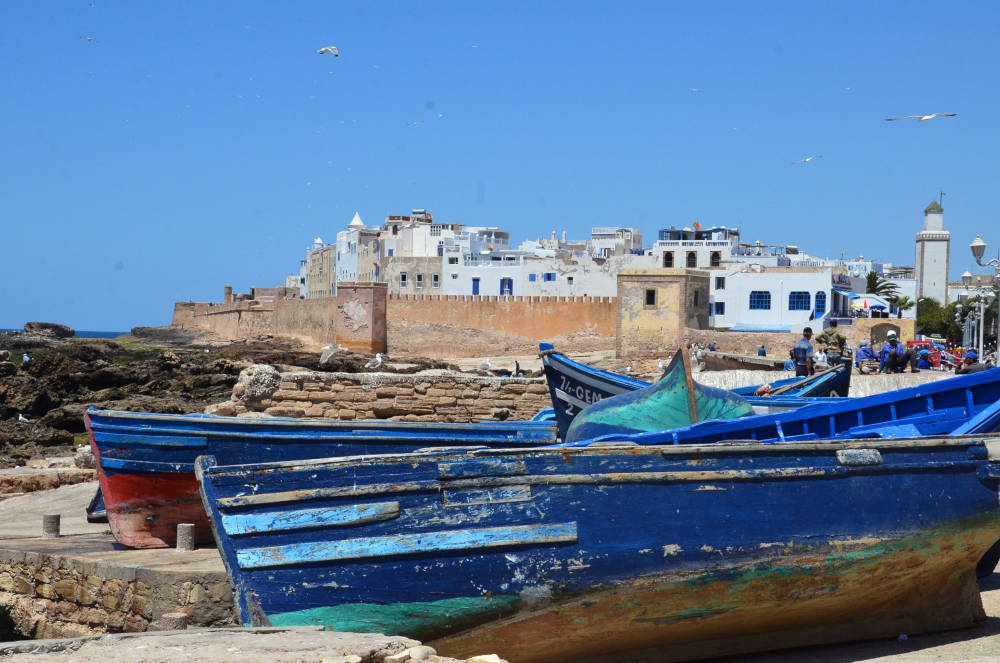
If you wander the narrow streets of the old medina, you will be amazed by the beautiful handmade woodwork artifacts, jewelry, and hippie-like clothing. The medina also holds many art galleries and exquisite dining places. Throughout the years, the city has grown accustomed to foreigners coming and going all the time and become the most Moroccan city with a Western touch. Essaouira is also known for its peacefulness and serenity, especially with the possibility of staying in top-quality hotels/riads outside the city.
Chefchaouen
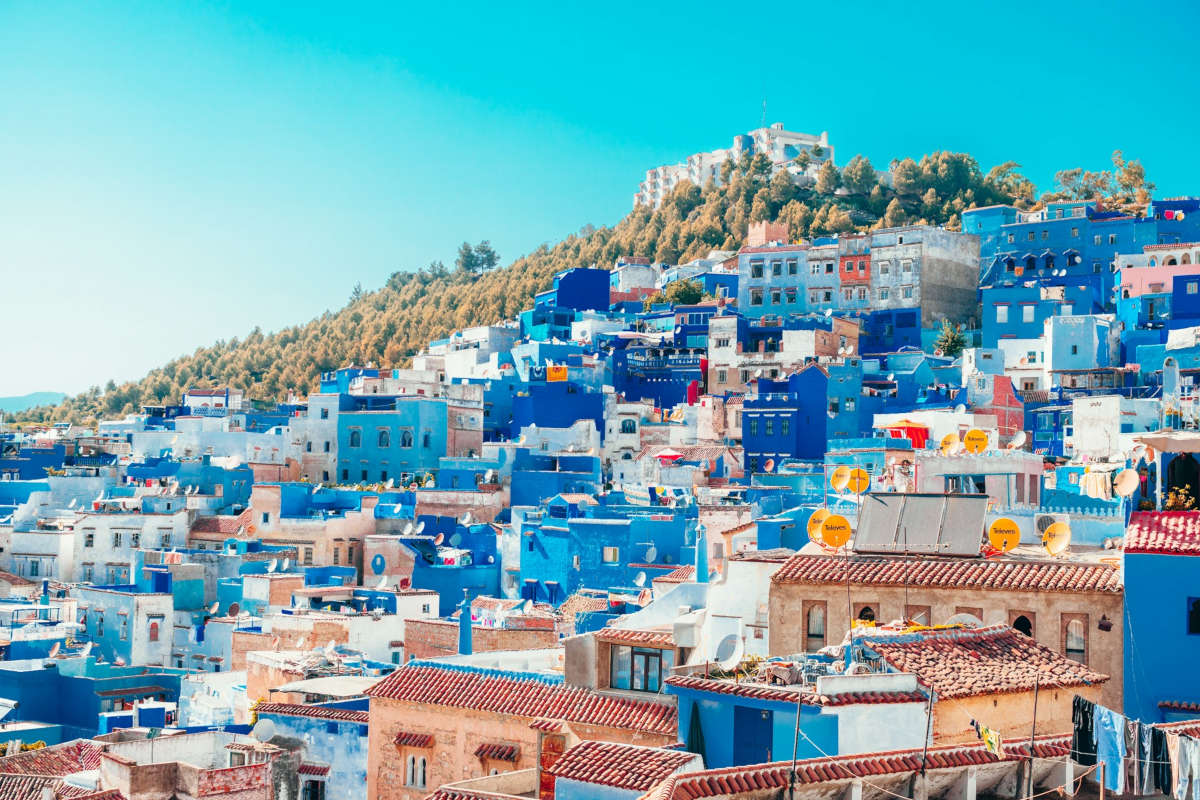
Chefchaouen is another magical Moroccan city worth visiting. It sits on the high slopes of the Rif Mountains in northwest Morocco. This hidden gem is known as the Blue City/Pearl because of its gorgeous, blue-washed buildings. Chaouen, as locals call it, was founded in the late 15th century as a fortress to defend Morocco against Portuguese invasions.
After the fall of Granada from the hands of Muslims in Spain, many Andalusian Muslims immigrated to Morocco. Some of them settled in Chefchaouen, building their accommodations in the Andalusian architectural style, having their Andalusian culture merged with the culture of the local inhabitants, and causing the city of Chefchaouen to grow big and prosper.
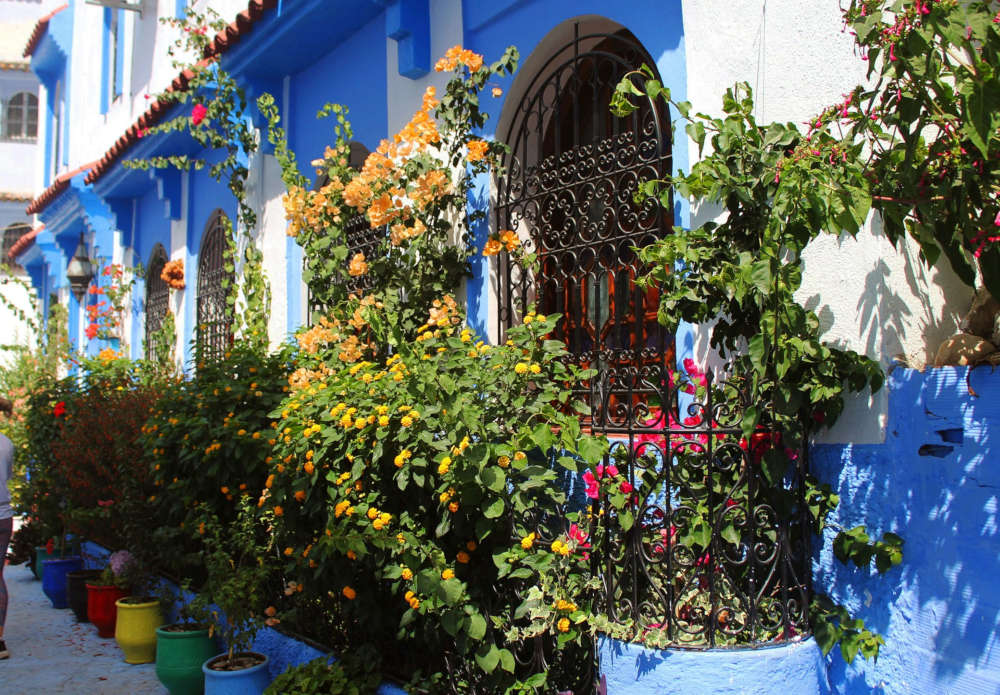
If you love photography, you will never grow weary of wandering the blue, always-ascending alleyways of the old medina. The funny part is that you will never get enough photos because everything looks beautiful in this city. Locals play a crucial role in keeping the town vibrant, as the houses and alleyways are painted at least once a year. They are also very kind to foreigners; you will feel at home in this city.
Having been located in a mountainous area, Chefchaouen is a paradise for hiking and nature lovers. You will enjoy your visit more in the summer since temperatures drop low during winter. However, if you decide to visit the city in wintertime, come prepared for the cold weather.
Merzouga
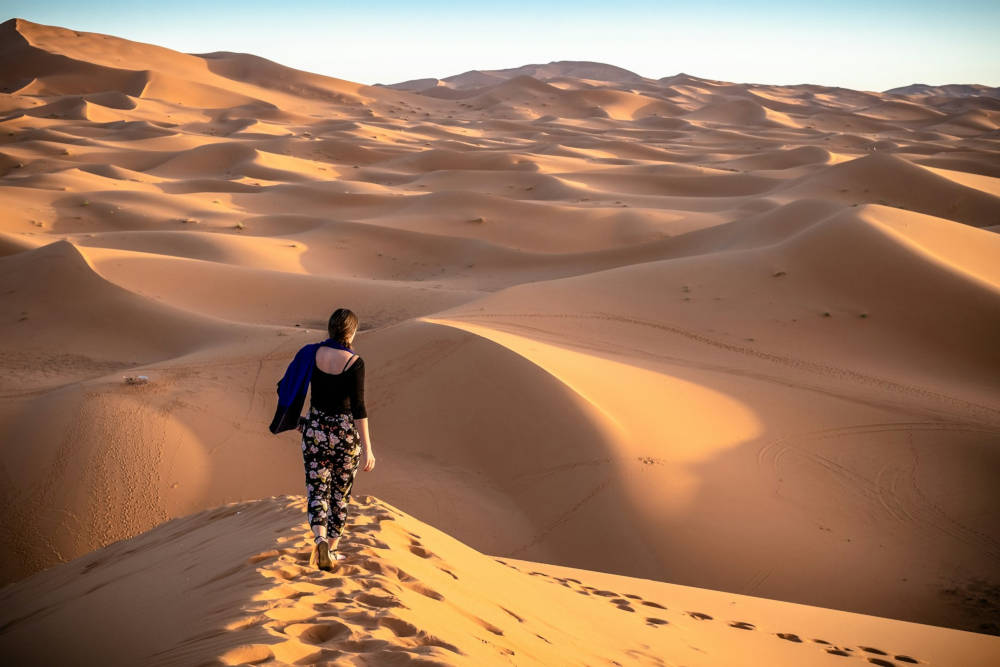
If you want a dreamlike desert experience, this should be your destination when you visit Morocco. Merzouga is a small town located east of Morocco. Not far from the Algerian borders and 564 kilometers away from Marrakech. Overlooking the city from the northeast side is Erg Chebbi, a sea of dunes stretching 50 kilometers long and 5 to 7 kilometers wide formed by wind-blown sand. The dunes rise as high as 350 meters above plain ground and 808 meters above sea level.
Although it is a small town, there are different accommodation options, such as hotels, hostels, guest houses, riads, and desert camping sites. It is also advisable to bring cash with you when heading to Merzouga, as there aren’t many ATMs. And the ones in town could be out of service sometimes.
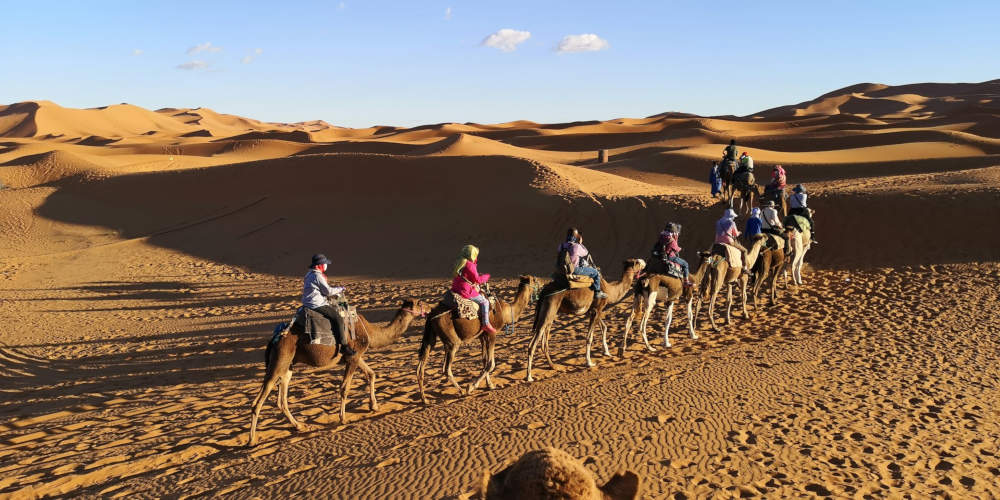
During the daytime, a camel safari on the golden dunes is a surreal experience that makes you feel like you are in a movie or have traveled back in time. During nighttime, an overnight camp experience in the open desert allows you to taste the true beauty of the desert as you watch the stars glaring in the clear sky, try the local food, and enjoy some live local music and dancing.
Rabat
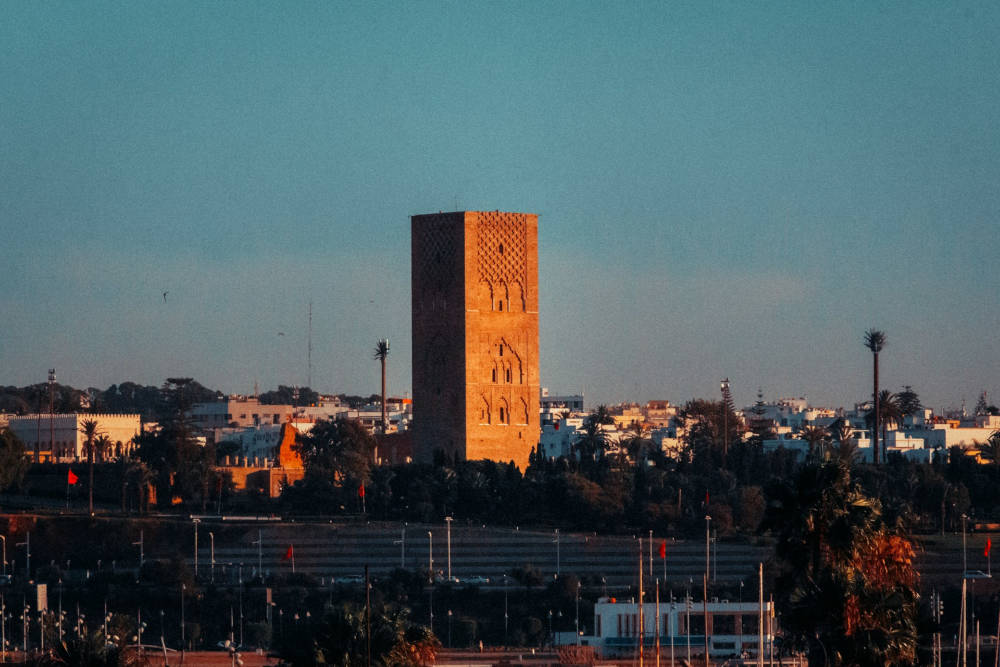
Rabat is the administrative capital of the country. It overlooks the Atlantic Ocean and sits on the banks of the Bou-Regreg River. Historically, the city was founded in the 12th century by the first Almohad ruler Abd-al-Mu’min as a fortified monastery or as a ribāṭ in Arabic. Then, it was used as a starting point for attacks on Spain.
In the late 12th century, the third Almohad ruler designated the city as the empire’s capital, erected the city walls, and ordered the construction of what was meant to become the largest mosque in the world. Due to his death, construction works were seized. However, the mosque’s tower (minaret) and foundations still stand up until today. In 1912, under the French protectorate, Rabat was reinstated as the capital of Morocco instead of Fez. Upon Morocco’s independence in 1956, King Mohammed V decided that the city remain the capital of Morocco.

Today, Rabat is one of the cleanest, most developed cities in the country. The city magnificently combines the Islamic and French-colonial heritage. The main highlights of the city are the Kasbah of the Udayas, where the old ramparts still stand, and the Andalusian Gardens still exude their sweet fragrance; Hassan Tower and Mohammed V Mausoleum, where you can witness the beauty of the Moroccan-Islamic architecture; and the 12th-century old market, where you can find fresh produce, dried goods, pottery, Moroccan spices and many more.
Tangier

Tangier, or Tanjah as Moroccans call it, is Europe’s gateway to all of Africa. Sitting at the far northwest corner of Morocco, Tangier overlooks two seafronts, the Mediterranean to the north and the Atlantic Ocean to the west, and is the closest city to Europe. The shortest distance between Tangier and European land (Gibraltar) is 14.5 kilometers (or 9 miles).
Since early ages, Tangier had been influenced by many cultures and civilizations up until 1923, when it was designated an international zone under the rule of many colonial powers. Tangier then became a favorable destination for artists, poets, writers, diplomats, and businessmen. People like Tennessee Williams, Paul Bowles, Brion Gysin, Maurice Grosser, Truman Capote, and others.
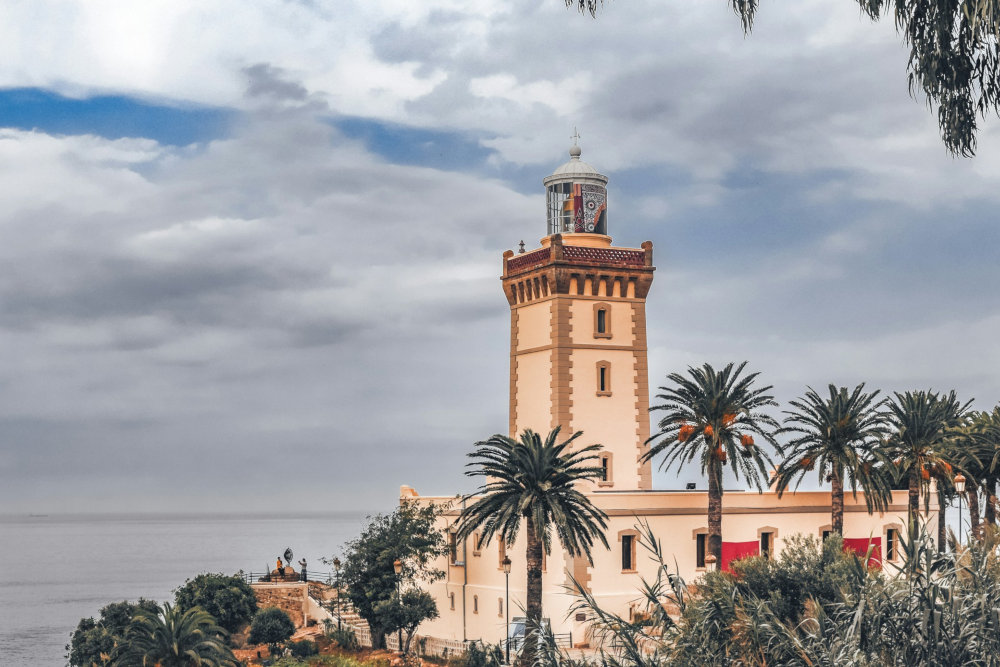
After Morocco’s independence, the city gradually regained its natural status as a Moroccan trade center between 1956 and 1960. Lately, Tangier has witnessed distinct development by the Moroccan Government, making it the center of the African-European trade exchange by building the largest port in Africa and the Mediterranean Sea. With its intriguing history, cultural blend, and gorgeous beaches, Tangier is one of the most beautiful cities in Morocco.


